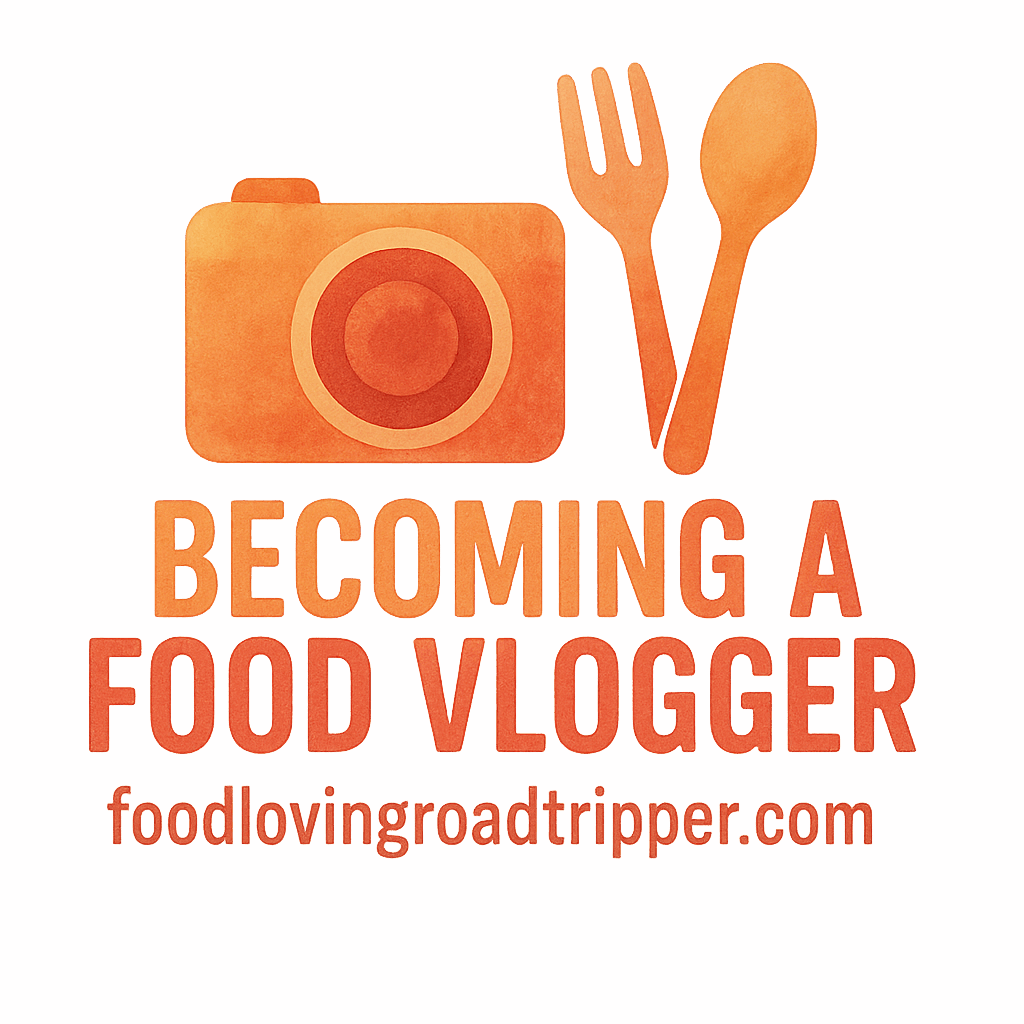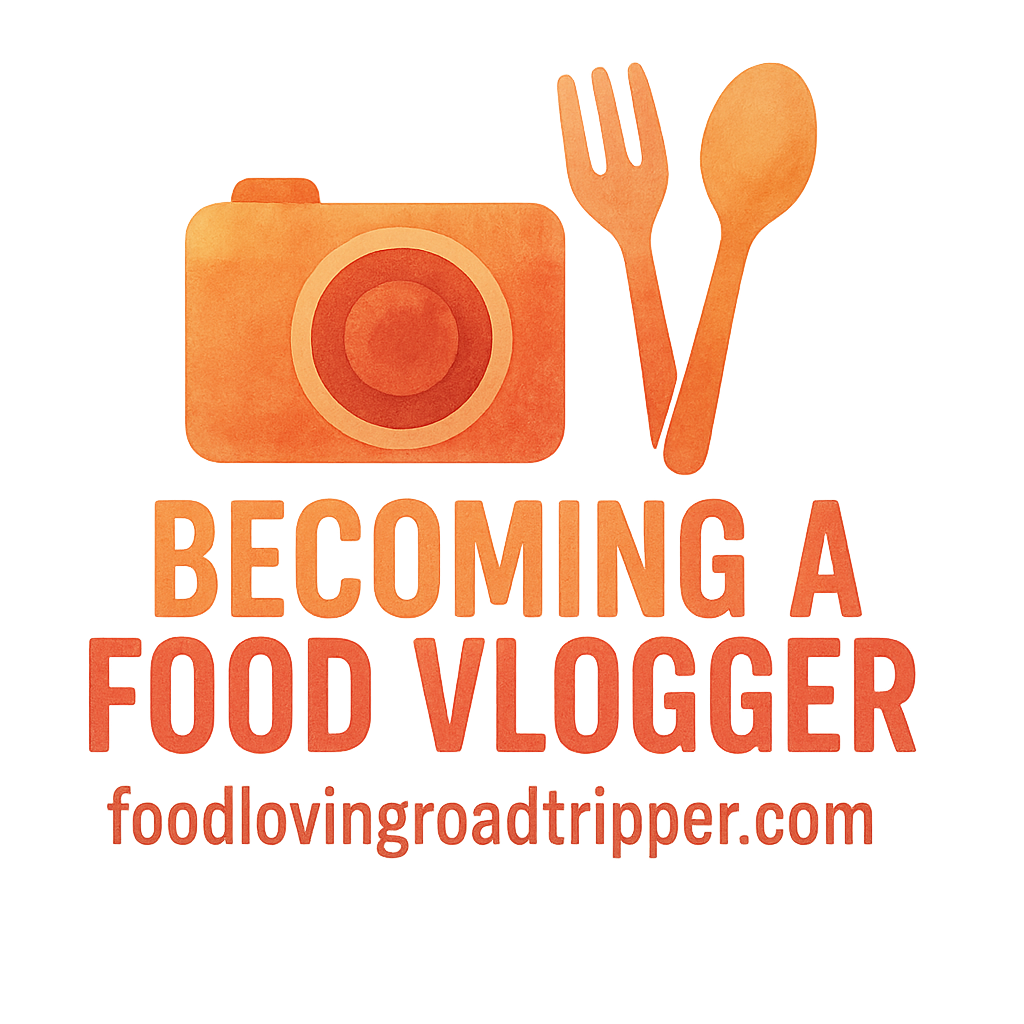Introduction
As a food vlogger, you’re constantly pushing out new recipes, filming in the kitchen, and editing your videos to perfection. But after all that work, what happens once you hit “upload”? Are you making the most of your content, or is it sitting there, hoping to be discovered?
The truth is, most food vloggers don’t repurpose their content enough to maximize its potential. Repurposing content is one of the smartest ways to make sure you’re reaching as many people as possible across different platforms without starting from scratch every time. This approach helps you engage a broader audience, save time, and build a stronger online presence.
In this article, we’ll dive into 5 ways food vloggers can repurpose content across platforms to enhance visibility, grow your following, and even monetize your efforts. Whether it’s breaking down long-form videos or creating social media posts, we’ve got you covered.
Why Repurposing Content is Crucial for Food Vloggers
Creating food content can be exhausting—between filming, editing, and managing your social media presence. But here’s the thing: each piece of content is an opportunity. Instead of constantly reinventing the wheel, why not take the content you’ve already created and repurpose it for different platforms? This strategy not only saves you time, but it also boosts your content visibility across multiple touchpoints, ensuring your audience finds you wherever they like to consume content.
Repurposing is a game-changer because it lets you:
- Reach new audiences who may not be active on your primary platform (e.g., YouTube).
- Improve SEO and online discoverability, especially when you’re sharing content in different formats.
- Engage with your community in diverse ways, keeping your content fresh without overwhelming your audience.
Now that you understand why it’s essential, let’s explore how you can get started repurposing your food vlogging content.
1. Break Long Videos into Bite-Sized Clips
In today’s fast-paced world, short-form content is king. Platforms like Instagram Reels, TikTok, and YouTube Shorts thrive on short, digestible videos that can be consumed quickly. You can take a long-form recipe video and break it down into several smaller clips to reach a broader audience.
Instagram Reels and TikTok Clips
Both TikTok and Instagram Reels are designed to capture attention quickly. By slicing your video into multiple short clips, you can share individual cooking tips, ingredient highlights, or the final dish in a fun and engaging format. Don’t forget to include catchy captions or text overlays to give context to the video.
These short clips are perfect for attracting users who may not have the patience to sit through a 10-minute YouTube video but are more than happy to check out a quick 30-second snackable video.
YouTube Shorts
If you’ve already posted a recipe video on YouTube, why not transform a few key moments from that video into YouTube Shorts? These short videos can drive more views to your channel, helping you increase your watch time and gain new subscribers. As an added bonus, YouTube’s algorithm favors Shorts, giving you an opportunity to increase your visibility.
Facebook Stories and Reels
Repurposing your content for Facebook is just as important, especially if you have an active audience on this platform. Facebook’s Stories and Reels function similarly to Instagram’s, so you can use these features to share your repurposed clips.
2. Repurpose Your Videos into Blog Posts
Not everyone consumes content through videos. In fact, written content often has the advantage when it comes to SEO, which is why transforming your videos into SEO-optimized blog posts can be incredibly beneficial for both engagement and discoverability.
Transcribing and Summarizing Videos
If you’re familiar with transcription services, you can use these to convert your video content into text. Once you have the transcription, you can summarize and structure the content into a well-organized blog post. This blog post can then serve as a detailed guide for viewers who prefer written instructions.
You can include the full recipe, ingredient breakdown, and cooking steps—plus, add a little extra detail that didn’t make it into the video.
SEO Benefits for Blog Posts
Blog posts give you the chance to optimize your content for search engines. By incorporating relevant keywords, you can rank for specific food-related queries, helping new people discover your recipes through organic search. Check out this guide on content creation for tips on how to create compelling blog posts that rank higher in search engines.
By turning your video into a blog post and including internal links (such as linking to related recipes), you’re maximizing your content’s reach and ensuring your audience has multiple ways to interact with your brand.
3. Create Visual Recipe Cards and Infographics
Visual content performs exceptionally well on platforms like Pinterest and Instagram. One way to repurpose your video content is by creating beautiful recipe cards and infographics that break down your recipe steps or ingredients in a visually appealing way.
Recipe Cards for Pinterest
Pinterest is an incredible platform for food-related content. After filming your recipe video, consider creating recipe cards that visually highlight the ingredients and steps. These cards can be shared on Pinterest and linked to your blog posts for more detailed instructions.
The goal is to design something visually appealing that makes people want to save and share it. Use high-quality images and make sure the card is easy to read, so it stands out in a crowded feed.
Infographics for Social Media Posts
Another great way to repurpose video content is through infographics. Use tools like Canva to turn your recipe into an eye-catching graphic that summarizes the cooking process in an easy-to-understand format. Share these infographics on Instagram, Facebook, or even in your blog posts.

4. Turn Your Recipes into eBooks or Guides
Food vloggers looking to monetize their content should consider creating eBooks or downloadable guides. You don’t need to start from scratch—just repurpose your best recipes into a neatly packaged downloadable guide that you can sell or use to build your email list.
Offering Freebies or Paid eBooks
One option is to create a free recipe eBook in exchange for email sign-ups. This is a great way to build your email list, which you can later use for future promotions, product launches, or affiliate marketing opportunities. If you’ve already built up a loyal audience, consider offering a paid eBook filled with your top recipes, tips, and techniques.
For example, a free recipe guide on food vlogging monetization can be a great entry point for your audience to get valuable content while you capture their email addresses for future campaigns.
Using eBooks for Lead Generation
To learn more about building a sustainable online presence and monetizing your food content, check out this monetization guide. Offering free resources like eBooks can help you grow your email list, which in turn helps you generate more income through affiliate marketing, paid partnerships, or other digital products.
5. Engage in Cross-Promotion Across Platforms
Cross-promotion is one of the best ways to ensure your content reaches as many eyes as possible. By repurposing and sharing your content across multiple platforms, you’re maximizing your reach and ensuring consistency across your brand.
Cross-Posting Between Instagram, Facebook, and YouTube
The beauty of repurposing is that you can share the same content across multiple platforms, while adjusting it for the specific format of each. For instance, you can share a 1-minute version of your recipe video on Instagram Reels, a 2-minute version on Facebook Reels, and the full version on YouTube.
The key is to remain consistent and keep posting on all platforms, even if your content is repurposed. You can also engage with your followers directly, driving traffic from one platform to another.
Collaborating with Other Vloggers
Don’t forget about the power of collaborations. By working with other vloggers, you can create shared content that benefits both parties. You could do a joint recipe video, guest blog post, or social media shoutout, which in turn helps both creators reach new audiences.
Check out how you can network with other creators in the growth marketing section of Food Loving Road Trippers for ideas.
Conclusion
Repurposing content isn’t just about working smarter, not harder—it’s about amplifying your reach and building a long-term food vlogging business that thrives across multiple platforms. By breaking your videos into bite-sized clips, transforming them into blog posts or infographics, and using cross-promotion strategies, you’re making sure your content continues to reach new audiences while engaging your existing fans.
Start implementing these strategies today, and watch your content stretch far beyond your YouTube channel.
FAQs
- What’s the best way to repurpose food vlogger content?
It depends on the platform. Instagram Reels, TikTok, and YouTube Shorts work well for quick clips, while blog posts and eBooks are great for in-depth content. - How can I monetize repurposed content?
Repurpose content into eBooks, paid guides, or use affiliate marketing and sponsored posts to generate revenue. - Can I use the same content across all platforms?
Yes, but make sure to adjust the format and size for each platform’s specs. For example, Instagram prefers vertical videos, while YouTube is optimized for horizontal content. - How often should I repurpose content?
Repurpose your content as often as it’s relevant. Ideally, you can repurpose each major video at least once a month across multiple platforms. - Can I use food vlogging content on Pinterest?
Absolutely! Create recipe cards, infographics, and visuals from your videos to drive traffic back to your blog or YouTube. - Should I use paid ads to promote my repurposed content?
Paid ads can help amplify your repurposed content, especially when you’re looking to expand your audience or promote new recipes or products. - What tools can help with content repurposing?
Some tools to consider are Canva for infographics, Rev.com for transcription services, and Buffer or Hootsuite for scheduling posts across multiple platforms.


